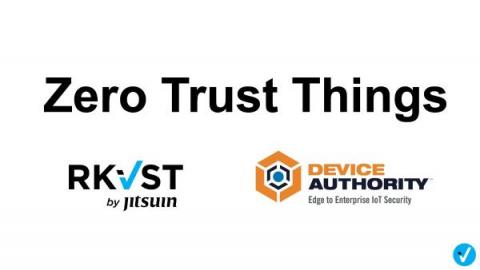Important Detection and Remediation Actions for Cyclops Blink State-Sponsored Botnet
Working closely with the FBI, CISA, DOJ, and UK NCSC1, WatchGuard has investigated and developed a remediation for Cyclops Blink, a sophisticated state-sponsored botnet, that may have affected a limited number of WatchGuard firewall appliances. WatchGuard customers and partners can eliminate the potential threat posed by malicious activity from the botnet by immediately enacting WatchGuard’s 4-Step Cyclops Blink Diagnosis and Remediation Plan.











